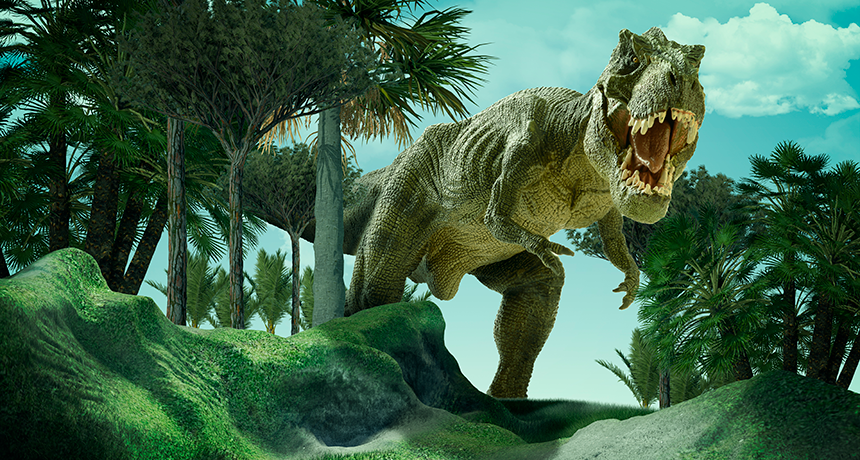annual Adjective for something that happens every year.
evolve (adj. evolving) To change gradually over generations, or a long period of time. In living organisms, such an evolution usually involves random changes to genes that will then be passed along to an individual’s offspring. These can lead to new traits, such as altered coloration, new susceptibility to disease or protection from it, or different shaped features (such as legs, antennae, toes or internal organs).
forelimb The arms, wings, fins or legs in what might be thought of as the top half of the body. It’s the opposite of a hindlimb.
fossil Any preserved remains or traces of ancient life. There are many different types of fossils: The bones and other body parts of dinosaurs are called “body fossils.” Things like footprints are called “trace fossils.” Even specimens of dinosaur poop are fossils. The process of forming fossils is called fossilization.
geological Adjective to describe things related to Earth’s physical structure and substance, its history and the processes that act on it.
hypothesis (v. hypothesize) A proposed explanation for a phenomenon. In science, a hypothesis is an idea that must be rigorously tested before it is accepted or rejected.
juvenile Young, sub-adult animals. These are older than “babies” or larvae, but not yet mature enough to be considered an adult.
limb (in physiology) An arm or leg.
paleontologist A scientist who specializes in studying fossils, the remains of ancient organisms.
predator (adjective: predatory) A creature that preys on other animals for most or all of its food.
pressure Force applied uniformly over a surface, measured as force per unit of area.
prey (n.) Animal species eaten by others. (v.) To attack and eat another species.
primary An adjective meaning major, first or most important.
trait A characteristic feature of something. (in genetics) A quality or characteristic that can be inherited.
tyrannosaur A line of meat-eating dinosaurs that began during the late Jurassic Period, about 150 million years ago. These species persisted into the late Cretaceous Period, about 65 million years ago. The best known member of these species: the late Cretaceous’ Tyrannosaurus rex, a 12-meter (40 foot) long top predator of its time.
vertebrate The group of animals with a brain, two eyes, and a stiff nerve cord or backbone running down the back. This group includes amphibians, reptiles, birds, mammals and most fish.

